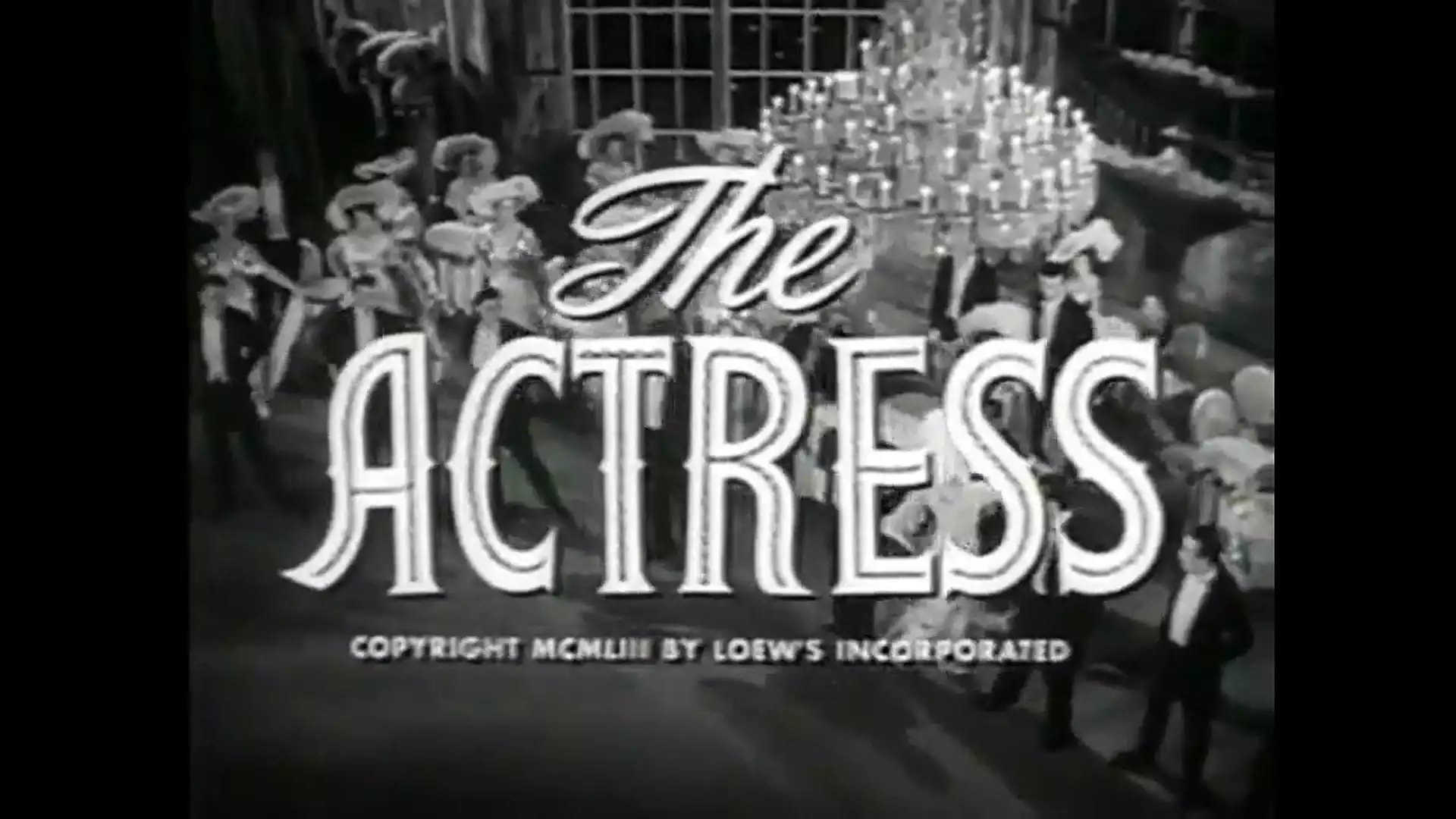Spencer Tracy was one of the biggest stars of the silent film era, appearing in over 130 motion pictures before transitioning to talkies. Tracey’s successful transition to sound films was no accident; the actor had a Master Plan for his comeback. Spencer Tracey had been born into privilege as Cornelius Patrick Tracy, the son of wealthy New Yorkers, who grew up speaking six languages and attending private schools with other privileged children such as future famous actors Richard Arlen and Lionel Barrymore.
1933: The Year that Changed Everything
Spencer Tracy was at the top of his game in the early 1920s. He was the highest-paid actor in Hollywood and had appeared in over 100 films, including the original version of Eugene O’Neill’s “Anna Christie”, with Greta Garbo in “The Temptress”, “The Racket” with James Cagney, “The Last Mile” with Lon Chaney and “Trader Horn” with Clark Gable. Tracey was one of the highest-paid actors in the world, earning $200,000 a year at a time when the average working man earned about $1,500. In 1931, however, everything changed for Tracy. While on location in New York for the film “Madame Butterfly”, Tracey contracted a severe case of double pneumonia. By the time he was rushed to the hospital, his temperature was recorded at over 106°F, and he was so weak that he was unable to walk or stand. Doctors diagnosed Tracy as having Bright’s Disease and predicted that he would not survive. Tracy’s life was saved by two blood transfusions, an experimental drug treatment, a month-long hospital stay, and a rest cure.
Tracy’s Plan for Talkies
Tracy’s first step was to choose one of the new talkie genres that he liked and that he thought his experience would be useful in. Tracey decided to concentrate on comedy because he liked it and because he had already played drama. He thought that comedy would be a good way to ease his way back into Hollywood. Tracy also picked words for his new medium: he would use short sentences and simple words that would be easy for the audience to hear. He memorized several short, simple sentences, practiced his delivery and timing, and waited for the right role. Tracy found his chance when he got a call to come in to read for the part of the maitre d’ at an impossibly chic restaurant in a new Broadway comedy called “Dinner at Eight”.
The Hook-Up That Made Tracey Rich and Famous Again
Tracy was perfect for the part and got the job. The radio show was such a hit that it was eventually turned into a film. Tracey was also cast in another radio show, “Amateur Night at the Little Carnegie”. Unfortunately, Tracy’s radio debut was a disaster. Tracy forgot his lines and fumbled with his props, and he was cut from the show after only three shows. Tracy was crushed. At this point, his career was at a standstill; he had almost no money, and he had no jobs in sight. Then Tracy got a call from his agent telling him that he had been invited to a dinner party being given by the host of “Amateur Night”. Tracy’s agent was very excited and told him that the host was none other than the great stage actress, Ethel Barrymore. Tracey was excited but not sure that he wanted to go to the dinner party. Tracy was afraid that Mrs. Barrymore would remember him as the man who had flubbed his lines in front of her radio audience.
Tracy’s Tips for Making a Comeback
Tracy decided that he would go to the dinner party and he would try to make a good impression on Mrs. Barrymore. He would show her that he was a different man than the one who had botched his radio debut. Tracey also decided to use this dinner party as an opportunity to make himself known to Mrs. Barrymore’s husband, the famous actor, John Barrymore. Tracey knew that John Barrymore had all of the influence in the world and that if he liked Tracey, the actor would almost certainly be a powerful advocate for the actor. Tracy arrived at the dinner party on time and was amazed when he found that Mrs. Barrymore had also invited her husband, John. As soon as John entered the room, Tracy knew that he had made the right decision to come; the great actor walked in wearing his trademark Chinese slippers.
Conclusion
During the dinner conversation, Tracey found out that John had bought the rights to “Trader Horn”, a famous novel about an African big game hunter, and that he was planning to produce a film version. Tracy seized the opportunity and asked John to give him the starring role. John agreed and Tracy was once again a big film star. Not only did Tracey get the part in “Trader Horn”, but he also got the lead roles in several other films including “The Public Enemy”, “The Bad and the Beautiful”, and “The Black Stallion”. In each of these films, Tracey starred opposite either Clark Gable or Barbara Stanwyck. Tracy’s comeback was complete, and he went on to become one of the most famous film stars of the 1930s and 1940s.


 Specific Cable Biceps Bar Work Outs
Specific Cable Biceps Bar Work Outs
 Raising Honeybees as a Beginner
Raising Honeybees as a Beginner
 Unique and Thoughtful Family Gift Ideas for an Unforgettable Christmas Celebration
Unique and Thoughtful Family Gift Ideas for an Unforgettable Christmas Celebration John Wayne had True Grit
John Wayne had True Grit The Hollywood Great Humphrey Bogart
The Hollywood Great Humphrey Bogart Kirk Douglas a Hollywood Movie Legend
Kirk Douglas a Hollywood Movie Legend Gary Cooper is a Hollywood Great
Gary Cooper is a Hollywood Great